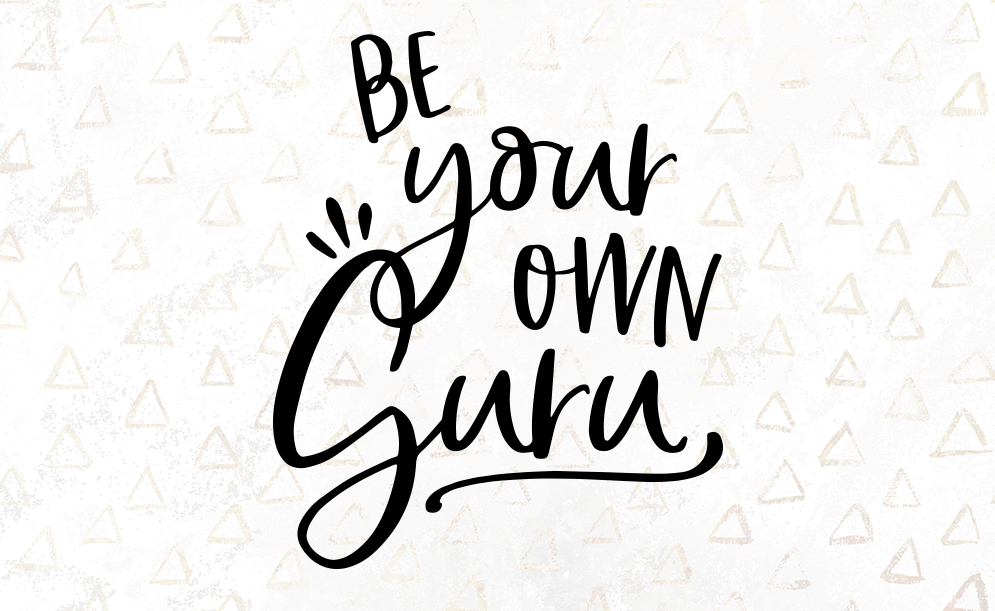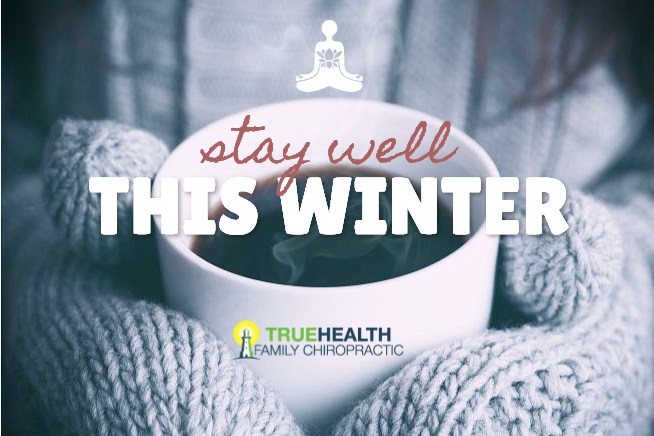The key to staying well in the winter is treating your body well and feeding it what it needs to fight off invaders and not let them get a toehold. Remember, your body is an incredible complex of systems, and your behaviors and choices will determine the health and vitality of those systems, especially the immune system. Here’s a roundup of my favorite, easy-to-incorporate wellness tips to help keep your defenses strong all winter long:
1. Eat (or Drink) Your Greens
The more dark, leafy greens you can work into your diet, the better. All that good green stuff is filled with fiber, which is exactly what your good gut bacteria love to feast on. And, when our good bacteria are well-fed, they’re armed and fortified to help keep your immunity high. Greens also supply you with nutrient-dense antioxidants and phytonutrients so you can power through the day without a caffeine or sugar drip. Add fresh leafy greens to breakfast, lunch and dinner, drink smoothies and keep a supply of high-quality greens powder in your fridge or at the office so you can stir up a glass of immunity-supporting greens anytime.
2. Be Well Adjusted
Chiropractic care helps us to stay well by impacting our immune system. In our bodies there are numerous modes of communication between the nervous system and the immune system. The nervous system has a direct effect on the immune system due to the nerve supply to the important immune system organs. As chiropractors, we have a direct influence over the nervous system. We now know through research that chiropractic care has beneficial effects on immunoglobulins, B-lymphocytes (white blood cells), pulmonary function and other immune system processes.
3. Stay Hydrated
This is an easy one to follow in the summer, but come winter, you may not feel as parched. However, staying hydrated is still crucial to keeping your body running at its best. Keeping yourself well-watered throughout this season is equally important. Staying well-hydrated helps thin the mucus in your lungs and sinuses, making it easier for your body to clear the sludgy stuff out of your system — so in addition to lots of water cozy up to soothing herbal teas, hot water with lemon and hot, healthy beverages until the warmer weather returns.
4. Listen To Your Mom
Frequent hand-washing, using soap and hot water and rubbing vigorously for about half a minute, is crucial. Virtually any shared item – such as printers, copy machines, the office fridge handles, restroom door knobs, pens and touch screens at the grocery store, elevator buttons and so on – are excellent places to pick up whatever ills may be going around, so wash hands frequently – not with the antibacterial stuff – and keep your paws away from your nose and mouth until you’re able to wash up.
Keep surfaces clean, wiping them down frequently with non-toxic green cleaners. That goes double if you’ve got school-aged kids bringing home tons of germs every day. Also make sure the kids get into the hand-washing groove as soon as they cross the threshold.
5. Fill in the Gaps
When it comes to fighting off seasonal ills, I believe in stacking the immunity deck and giving your body a helping hand. My go-to winter wellness arsenal includes: A daily, high-quality probiotic: Packed with billions of organisms to keep your gut — which houses most of your immune system — in top form. Vitamin D3: Vitamin D plays a vital role in our immune system and its ability to fight off pathogens. Here in New England- from October to April we recommend supplementing Vitamin D-3 from a whole food source. It is important to use a bioavailable whole food form of vitamin D, complete with the amino acids and sterols, because this will help catalyze mineral utilization and absorption. Elderberry extract: Elderberry is the winter season go-to for all ages, especially children as it tastes great. It’s an antiviral herb that supports immune function with an affinity for the respiratory tract and is rich with Vitamin C and packed with flavonoids.
6. Get Outside
Granted, you’ll need to bundle up, but take a few minutes every day when the sun is visibly shining to have a brief wintertime sunbath. Doing so will help regulate your circadian rhythms (a.k.a. your sleep/wake cycle) — which impacts everything from your body temperature to your hormones to your weight — and help lift your spirits (improved mood helps boost immunity). You’ll also boost your Vitamin D levels.
7. Keep Moving in the Cold
You don’t have to go outside to move more throughout the day. Try fashioning a DIY standing desk or workstation or simply do a few laps around the office when you can as the weather cools. Try a workout at home, have a dance party, play with your kids, anything to get your body moving in the winter.






